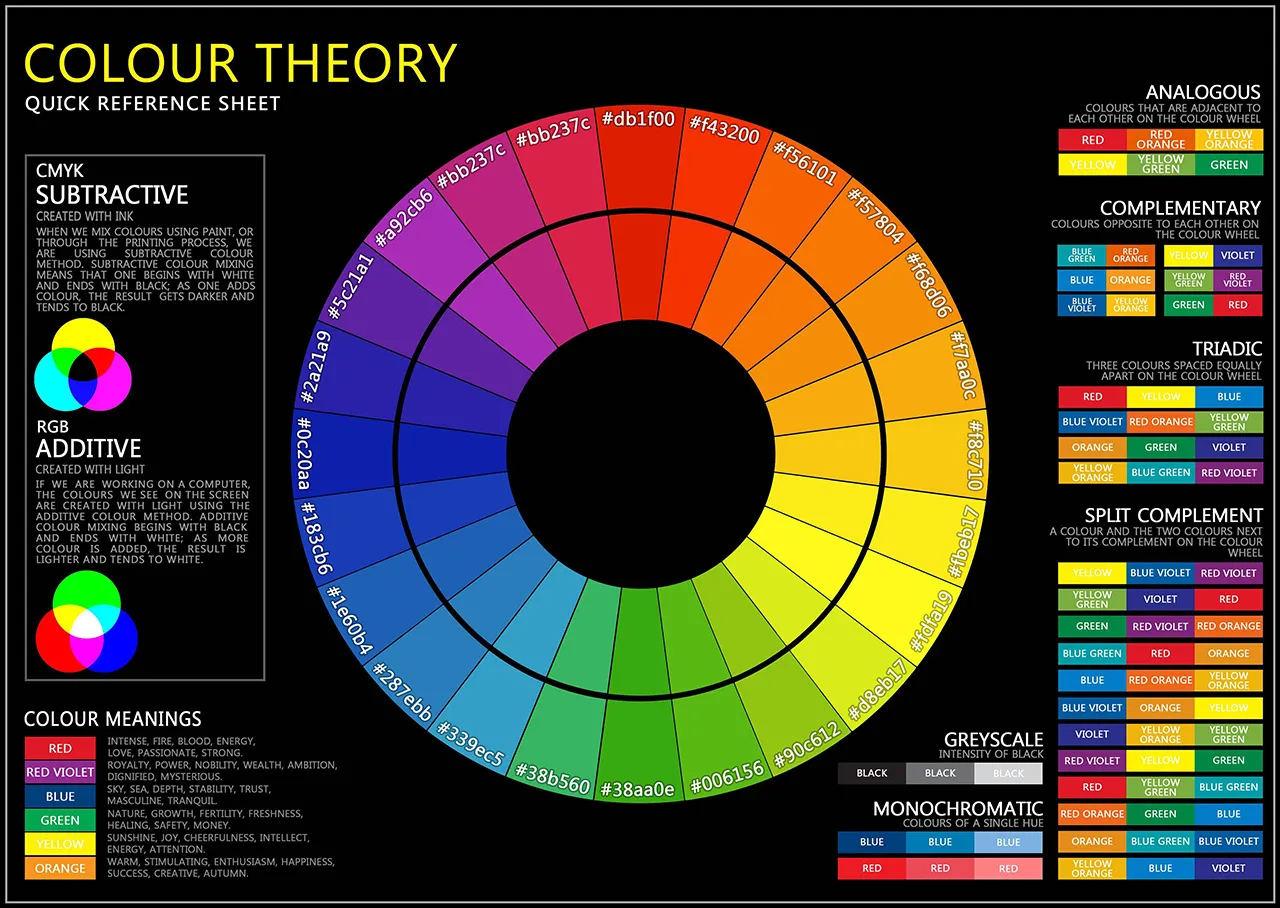
Social Media Algorithms 2025: What...
August 19, 2025



Welcome to a vibrant journey into the fascinating world of color psychology in digital marketing! Colors are more than just visual elements; they play a pivotal role in shaping our emotions, decisions, and interactions online. In this blog, we’ll explore how marketers strategically use colors to connect with audiences, build trust, and drive engagement.
Imagine a world without colors—dull and uninspiring, right? Colors bring life to our surroundings and influence how we feel. Marketers harness the power of color psychology in digital marketing to create experiences that captivate, persuade, and convert. Each color has its unique personality and emotional triggers:
Colors are more than just visual tools—they’re a universal language. However, the interpretation of colors can vary significantly based on cultural backgrounds. For example, white symbolizes purity in Western cultures but may represent mourning in some Eastern traditions. Marketers keen on tapping into global audiences leverage color psychology in digital marketing with an understanding of these cultural nuances to create deeper connections. Learn more about color psychology from the Color Matters website.”
A brand’s visual identity heavily relies on its color palette. Research shows that people form an opinion about a product or brand within 90 seconds of initial interaction, and up to 90% of that assessment is based on color. Here’s how colors help in branding:
Did you know that color choices can directly impact conversion rates? Call-to-action (CTA) buttons, for example, often rely on contrasting colors to grab attention and prompt clicks. Red and orange are frequently used for urgency, while green signals success or “go.” By understanding color psychology in digital marketing, businesses can optimize their designs to drive user actions.

Colors are an essential element of digital marketing strategies. They don’t just enhance aesthetics but also communicate emotions, build trust, and influence decisions. By mastering color psychology in digital marketing, businesses can create visually appealing campaigns that resonate with their audience and deliver measurable results. read our full guide on Digital Marketing Strategies.
So, the next time you scroll through a website or ad, take a moment to notice the colors. How do they make you feel? Are they inviting or urgent? Remember, every shade and hue has a purpose in the vibrant world of digital marketing.
Leave A Comment